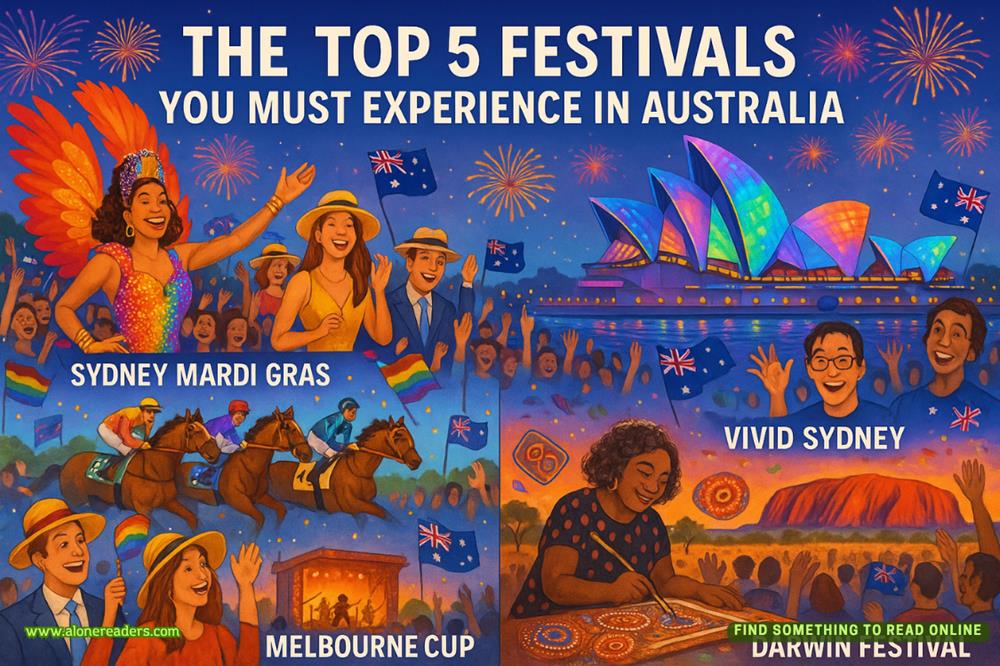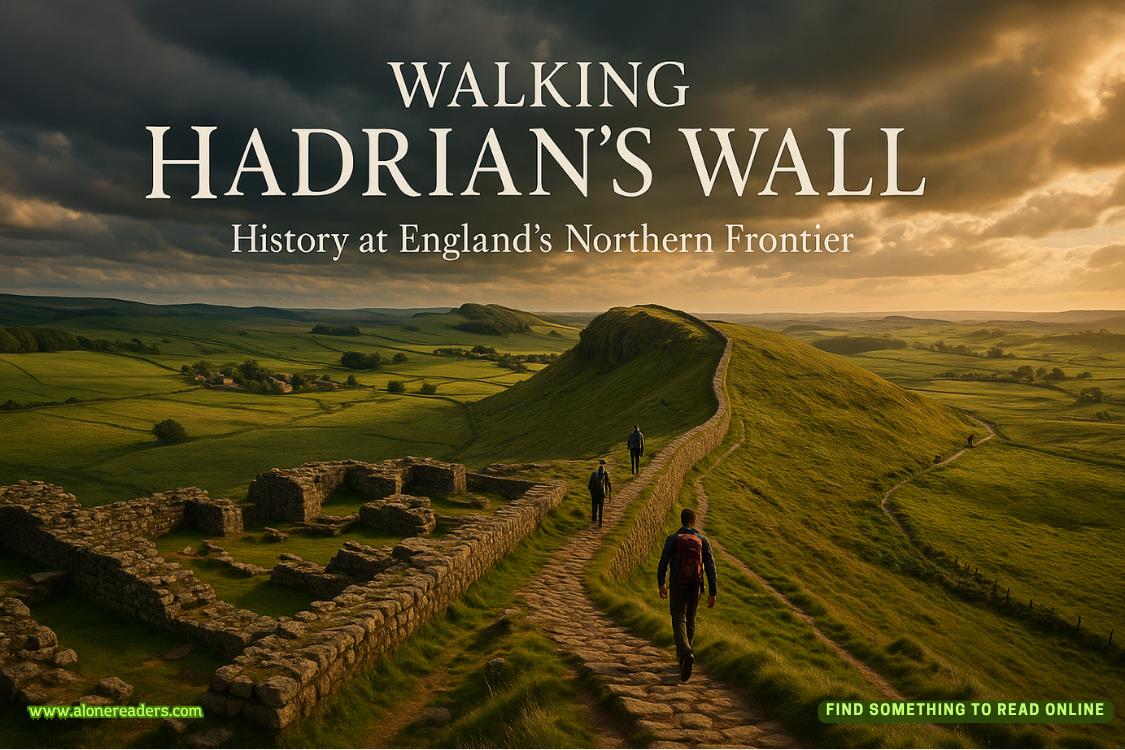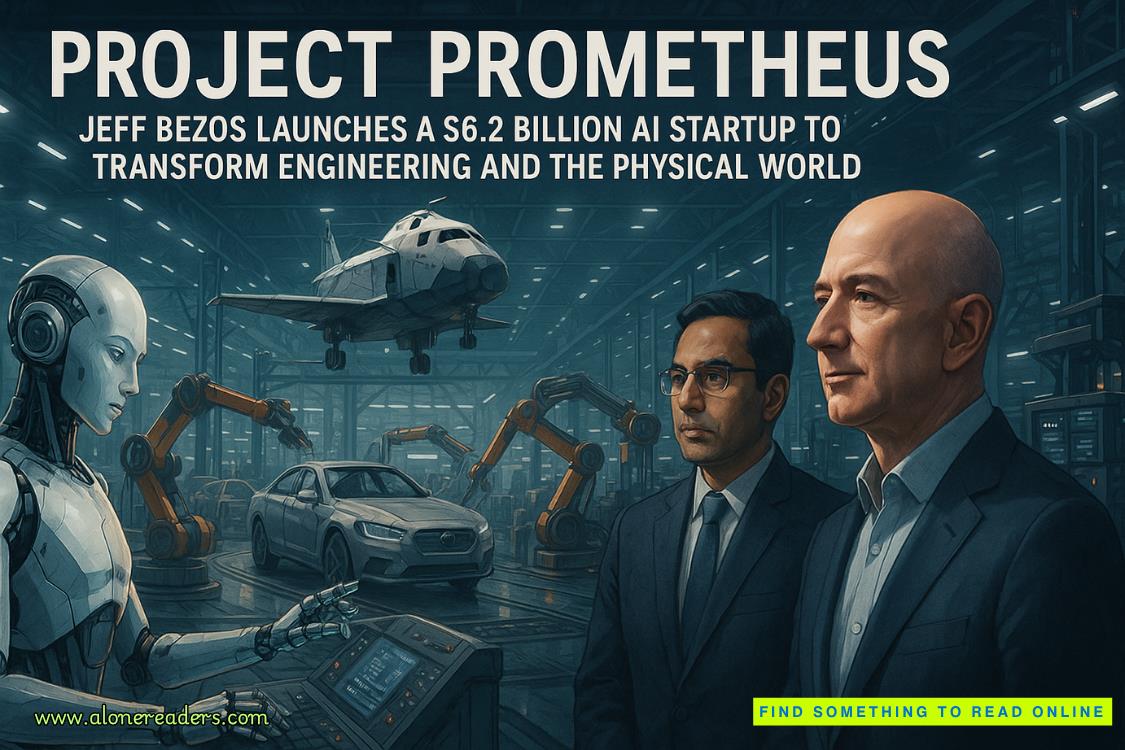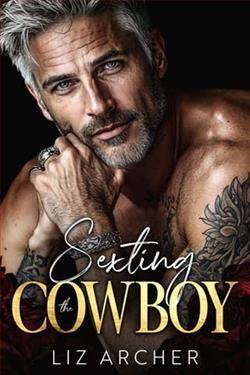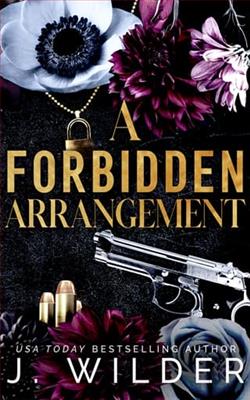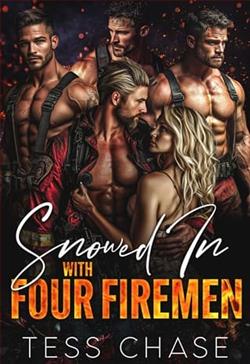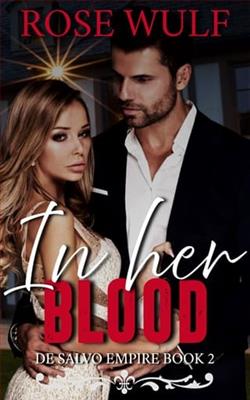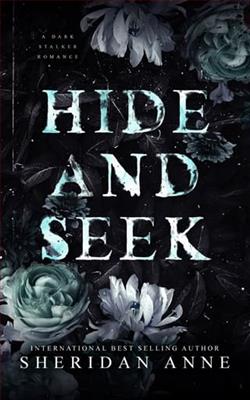Page 48 of The Kill List
• • •
Al-Afrit retained his horror picture for two days, but when it suddenly flashed up on the screen in the operations center at Chauncey Reynolds, it caused stunned shock. Gareth Evans had been talking to Mr. Abdi. The issues, of course, were ransom money and timescale.
Abdi had come down from twenty-five million dollars to twenty million, but the time was dragging—for the Europeans. It had been a week, to the Somalis a chronological fleabite. Al-Afrit was demanding all the money and he wanted it now. Abdi had explained that the Swedish owner would not contemplate twenty million. Evans was privately of the view that they would finally settle at about five million.
Then al-Afrit took over and sent his picture. By chance, Reynolds was also in the office, and Harry Andersson, who had been advised to fly home and wait in Stockholm. The picture made the three men sick and silent.
The cadet was held facedown over a rough wooden table by a big Somali, who had his wrists. His ankles were apart, each lashed to a table leg. His trousers and undershorts were missing.
His buttocks had been caned to a bloody mess. His face, turned sideways against the timber, was clearly screaming.
The reaction of Evans and Reynolds was to realize they were dealing with a sadistic madman. Nothing like this had ever happened before. The reaction of Harry Andersson was more extreme. He uttered a cry close to a scream and rushed to the bathroom. The others heard the retching as he knelt with his head over the pan. When he returned, his face was ashen save for two red patches, one on each cheek.
“That boy is my son!” he shouted. “My son!” He grabbed Gareth Evans by the lapels and hauled him out of his chair until they were face-to-face, inches apart.
“You get my son back, Gareth Evans, you get him back. Pay the swine what they want. Anything, you hear? You tell them, I pay fifty million dollars for my boy, you tell them.”
He stormed out, leaving the two Britishers pale and shaken and the hideous picture still on the screen.
11
On the morning of his martyrdom, Tariq “Terry” Hussein rose long before dawn. Behind closed curtains, he purified his body according to the ancient rituals, seated himself in front of the bedsheet draped on the bedroom wall with the appropriate Koranic passages, switched on his camcorder and recorded his final words to the world. Then he logged on to the Jihadi channel and sent his message worldwide. Before the authorities noticed it, it would be far too late.
He drove through a lovely summer dawn to join the first of the morning’s commuters, some coming from Maryland into Virginia, some going the opposite way, and many heading into the District of Columbia. He was in no hurry, but he wanted to time himself right.
To park in the nearside lane of a major commuter traffic artery could not be sustained for long. To be too early would mean that blocked commuters behind the stalled car would hammer their horns and attract attention. A state police car could well be summoned by one of the circling helicopters. It would have trouble penetrating the logjam but would duly arrive with two armed officers onboard. That was what Hussein intended, but not prematurely.
To be too late could mean the targets he had in mind might have passed by and he could not wait long for the next one. Just after ten past seven, he arrived at Key Bridge.
There are eight arches to this Washington landmark: five span the Potomac River, separating Virginia from Georgetown in D.C., two more on the Washington side cross the C&O Canal and K Street, and the eighth, on the Virginia side, spans the George Washington Memorial Parkway, another constantly in use commuter route.
Hussein, on U.S. Route 29, approached the bridge, hugging the nearside lane of the six-lane highway. At the center point above the GW Memorial, he broke down. His compact slowed to a halt. At once, angry cars behind began to swerve past him. He got out, went to the rear and opened the trunk. From it, he took two red “broken down” triangles and placed them on the road.
He opened both doors on the passenger side to create a small box between the car and the parapet. Reaching in, he withdrew the rifle, fully loaded with forty rounds in two switchover magazines, leaned over the parapet and squinted through the scope sight at the columns of steel passing beneath. If anyone coming up behind him could see what a man between the two open doors was doing, either they did not believe what they were seeing or they were too busy wrestling with their steering wheels and craning over their shoulders to avoid being rammed as they pulled out.
At that hour, a quarter after seven, almost every tenth vehicle below the bridge is a commuter bus. The D.C. Metro service runs several of them, some colored blue, some orange. The orange ones are on the 23C route, which runs from the Rosslyn Metro station right through to Langley, Virginia, where it terminates at the gates of the huge complex known simply as the CIA, or the Agency.
The traffic below the bridge was not logjammed, but it was moving sedately, nose to tail. Tariq Hussein’s Internet research had told him which bus to look for and he had almost given up hope when he saw an orange roof in the distance. A helicopter wheeled and turned far out over the river. It would see the stalled vehicle in the middle of the bridge at any moment. He willed the orange bus to come closer.
The first four bullets, straight through the windshield, killed the driver. The coach swerved, hit a car alongside, stalled and stopped. There was a figure in a Metro service uniform slumped over the wheel quite dead. Reactions began.
Down below, the sideswiped car also stopped. The driver climbed out and began to harangue the bus that had hit him. Then he noticed the slumped driver, presumed a heart attack and produced his cell phone.
Horns behind the two stalled vehicles began to hoot. Some drivers also climbed out. One glanced upward, saw the figure on the parapet and yelled in alarm. The helicopter wheeled over Arlington and turned toward the Key Bridge. Hussein fired over and over again through the roof of the stationary bus. After twenty rounds, the firing pin met an empty chamber. He detached the magazine, reversed it and inserted the spare. Then he resumed firing.
Below him there was chaos. Word had spread. Drivers were leaping out of their cars to crouch behind them. Two at least were shouting into their cell phones.
On the bridge, two women back down the line were screaming. The roof of the 23C service bus was being torn apart. The interior was becoming a charnel house of blood, bodies and hysterical humanity. Then the second magazine ran out.
It was not the rifleman in the helicopter who brought closure but an off-duty patrolman ten cars down the line on Route 29 behind the stalled car. He had his window open to let the cigarette smoke out lest his wife later detected the odor. He heard the shots and recognized the crack of a high-powered rifle. He got out, unholstered his service automatic and started running, not away from the shots but toward them.
The first Tariq Hussein knew of him was when the window of the open door beside him shattered. He turned, saw the running man and raised his rifle. It was empty. The running officer could not know that. At twenty feet, he stopped, crouched, took the double-handed position and emptied his magazine into the door and the man behind it.
It was later established that three rounds hit the gunman and they were enough. When the officer reached the car, the gunman was on the verge of the road, gasping feebly. He died thirty seconds later.
For most of that day, there was chaos on Route 29, closed as forensic teams took away the body, the gun and finally the car. But it was nothing as to what was happening on the GW Memorial Parkway beneath.
